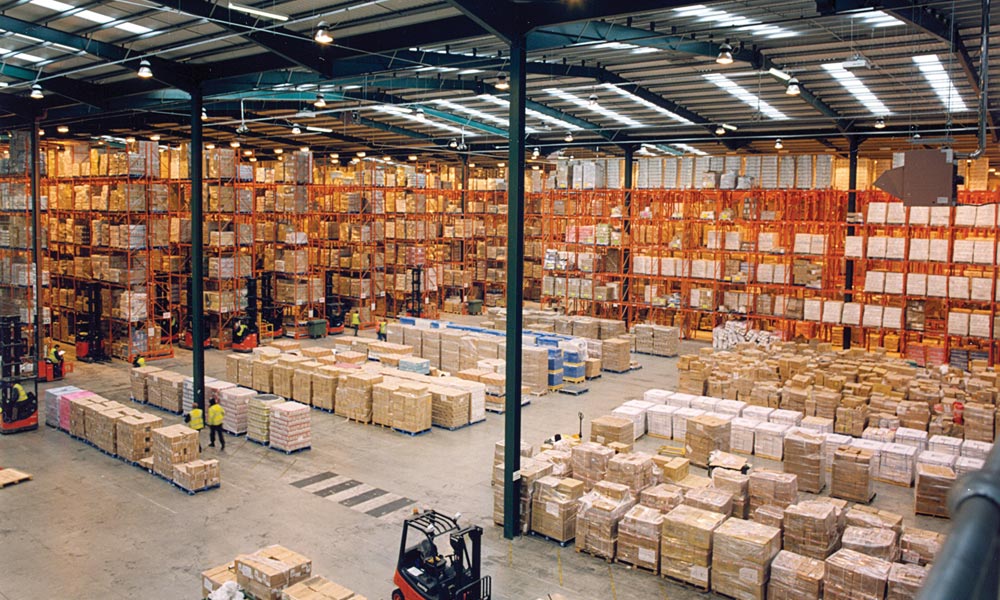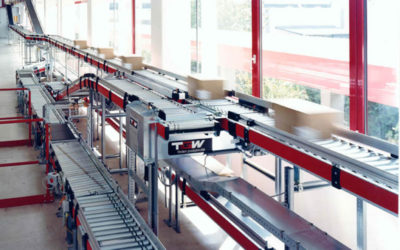You can hear the health, safety, and environment (HSE) team from the next room – flow? What does flow have to do with me? Maybe more than you realize.
HSE has a big job to do. The health and safety of operations personnel during normal production operation is just one of their roles, but it’s an important one. HSE brings perspective and knowledge that are different from manufacturing and industrial engineers, and there is unrealized power in combining those two knowledge sources.
Adopting flow and pull as your chosen operating condition creates an environment where the least work creates the highest quality and correct volume of products. This also creates an atmosphere that takes different departments (engineering, HSE, logistics, etc) out of their silos. The break down of silos creates the opportunity to apply combined knowledge. Even if the engineers understand ergonomics, they aren’t measured on it like a person in HSE. Breakthroughs come from putting these two groups with different objectives to work on the same challenge at the same time.
Consider three examples of the alignment between engineering and HSE in a flow environment to improve health, safety, and performance:
- Elimination of pallet racking (flat storage): An engineer with the wrong targets would look at the pallet racking in a warehouse section and create a new layout to fit more pallet racking, and more inventory. A safety representative would look at all that pallet racking and see a problem waiting to happen, as training can only go so far. An executive with a flow mindset would look at all that inventory and space used on storage and create a flat storage product – reduce inventory, space, and safety risks together.
- Elimination of overhead cranes: Every time I walk into a crane-covered shop with an HSE person I see them wince. Engineers cringe at the lack of flexibility and set up time required. Executives complain about the capex required and downtime for maintenance. Why not just get rid of them? While there are some high load and specialty environments where cranes are needed, for the most part, they were the easiest option, not the best.
- Small tote implementation: HSE wants to reduce the lifting load on operators and improve the overall ergonomic levels of the plant. Engineers struggle to get the 40 new parts on the line with the new model change the geniuses in marketing came up with. What to do? Start with smaller packaging. When you’ve got lighter, smaller boxes HSE and engineering both see the benefits and you can take the next step in your pull driven logistics system.
The power of flow is to naturally create cross operation and cross-department activities that naturally break down barriers in the pursuit of better performance. Flow builds a connected system where improvements can compound on each other, instead of sub-optimized departments that improve themselves and stop.
Interested in learning how flow can work for you? Get in touch with the Geolean USA team to see how we build you flow system and build your team’s power to improve.





